Music
Trailers
DailyVideos
India
Pakistan
Afghanistan
Bangladesh
Srilanka
Nepal
Thailand
StockMarket
Business
Technology
Startup
Trending Videos
Coupons
Football
Search
Download App in Playstore
Download App
Best Collections
Technology
Apple today announced a pair of initiatives that will allow its customers to support AmericaNational Parks. Starting tomorrow, August 24, and continuing through the 31st, Apple says it will donate $1 to the National Park Foundation for every purchase made using Apple Pay online at apple.com, or through the Apple Store app in the U.S. Italso introducing a National Park-themed Apple Watch Activity Challenge to accompany the donation program.
Starting on September 1, Apple Watch users worldwide who either walk, run, or do a wheelchair workout of 50 minutes or more will earn an Activity app award and stickers that are inspired by national parks. The 50 minutes is a tribute to Redwood National Park50th anniversary, which is this year.
Related to these efforts, the App Store will also feature a round-up of some of the best apps to use to explore the U.S. National Parks.
Apple says the proceeds from the donation program will support theNational Park Foundationmission to protect national parks. This includes projects focused on habitat restoration, historic preservation, and the Open OutDoors for Kids program.
&Americanational parks are treasures everyone should experience, and we&re proud to support them again this month by donating a dollar for every purchase made with Apple Pay at one of our stores,& said AppleCEO Tim Cook, in a statement about the program. &These awe-inspiring places are our national inheritance, and Apple is doing our part to pass them on to future generations — just as extraordinary, beautiful and wild as we found them.&
The company also took the time today to highlight the success of a related initiative, saying it has protected and created enough sustainably managed forests to cover its current and future paper use. In partnership with The Conversation Fund, Apple has protected 36,000 acres of U.S. forests that are sustainably managed, it noted.
This is not the first time Apple has hosted such a challenge for the U.S. National Parks.
Last year, it ran the same event, making mention of the fact that Apple Pay was accepted at some national parks, likeYellowstone, Yosemite, the Grand Canyon and Muir Woods National Monument, for example. The event itself now has political undertones, given the current administrationrethinking of national parks, and its interest in deregulating the oil and gas extraction on public lands.
- Details
- Category: Technology
Read more: Apple to launch a National Parks donation program via Apple Pay
Write comment (99 Comments)The Mavic Pro was a revelation. Introduced in 2016, the folding drone wasn&t perfect, but it helped usher in a new era of devices for DJI and the industry at large. The original Mavic helped make consumer drones more portable and accessible, and spurred a line that now includes the Mavic Air and Mavic Spark.
Two years later, the worldlargest drone manufacturer hit New York City to unveil the productsuccessor. Like the original Pro, imaging is at the heart of the upgrade. In fact, the Mavic 2 is being positioned as two distinct devices — the Mavic 2 Pro and Mavic 2 Zoom, the on-board camera being the only real difference between the two.
Ita confusing bit of branding, perhaps, for two products that amount to little more than different SKUs of the same device, but DJI wants to make it clear that the camerathe thing here. Understandably so — photographers and videographers have long been a core demographic for the company. And more to the point, really, beyond camera upgrades, the Mavic 2 doesn&t represent a huge upgrade over its predecessor.
The company called the products &our most technologically advanced drones& at a press unveiling in New York City this morning. A few of the camera features have been upgraded across the board, including the addition of enhanced dynamic range, for better shots in mixed lighting settings.
The Mavic 2 Pro is, as the name implies, the pricier of the two models. Itthe first DJI device to bask in the fruit of the drone-maker2017 acquisition of Hasselblad. The camera is much larger than the one on the Zoom, bringing with it improved image quality over its predecessor.
The camera captures 20 megapixel shots and uses Hasselbladproprietary Natural Color Solution (HNCS) tech to get more accurate color reproduction. The aperture is adjustable as well, giving shooters between f/2.8-f/11 for various lighting conditions.
The Mavic 2 Zoom, meanwhile, is pretty much what it sounds like. The big focus here is the 2x optical (24-48mm) and 2x digital zoom, which combine to simulate the effects of a 96mm lens. The 12-megapixel camera also uses a new &Super Resolution& feature that stitches nine zoomed-in photos for a super high-res 48-megapixel shot, a feature targeted at landscape photography.
Zoom is a solid addition here, given how difficult it can be to try to get a drone close to a subject, for any number of reasons.
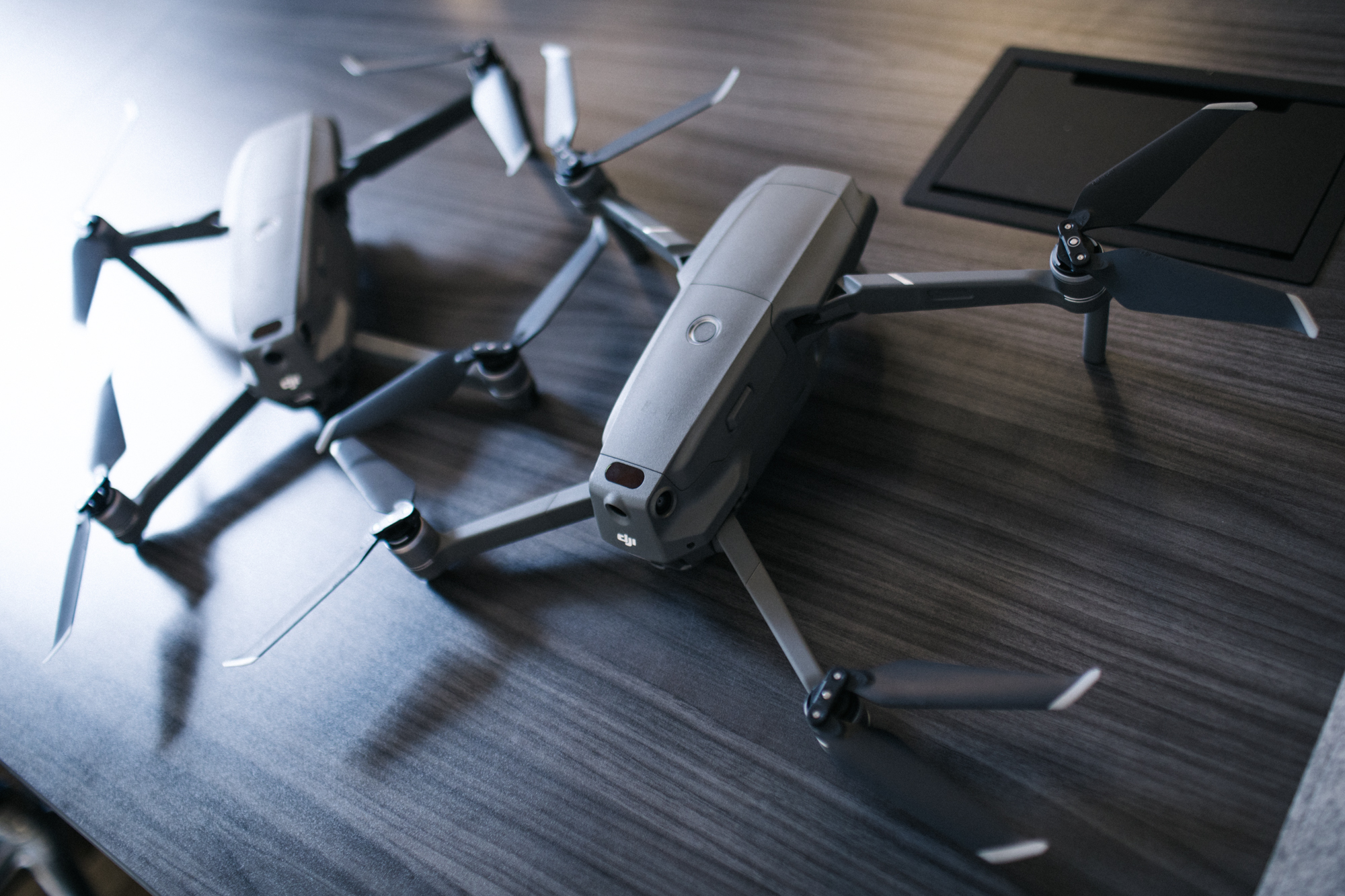
Therealso the very cool Dolly Zoom shot mode. This one might be my favorite of the bunch, though while we had the opportunity to fly the new drone atop a Manhattan rooftop, we didn&t have the clearance to try out the new feature, which requires the kind of room that we just weren&t zoned for. The new addition zooms in on an object while the drone flies in the opposite direction, creating a disorienting shot familiar to anyone whoever seen a Hitchcock film.
There are a number of other additional preprogrammed Hyperlapse shots on-board, as well. I&ll defer to DJIdescription of those:
- Free & pilots the drone manually while shooting a Hyperlapse video.
- Circle & automatically flies the drone in a circular pattern around a subject you select to create a timelapse video that captures the action.
- Course Lock & keeps the camera fixed on shooting subject while the drone flies in a straight direction to create a unique perspective.
- Waypoint & plans a complex flight path based on both altitude and GPS coordinates to capture complex shots.
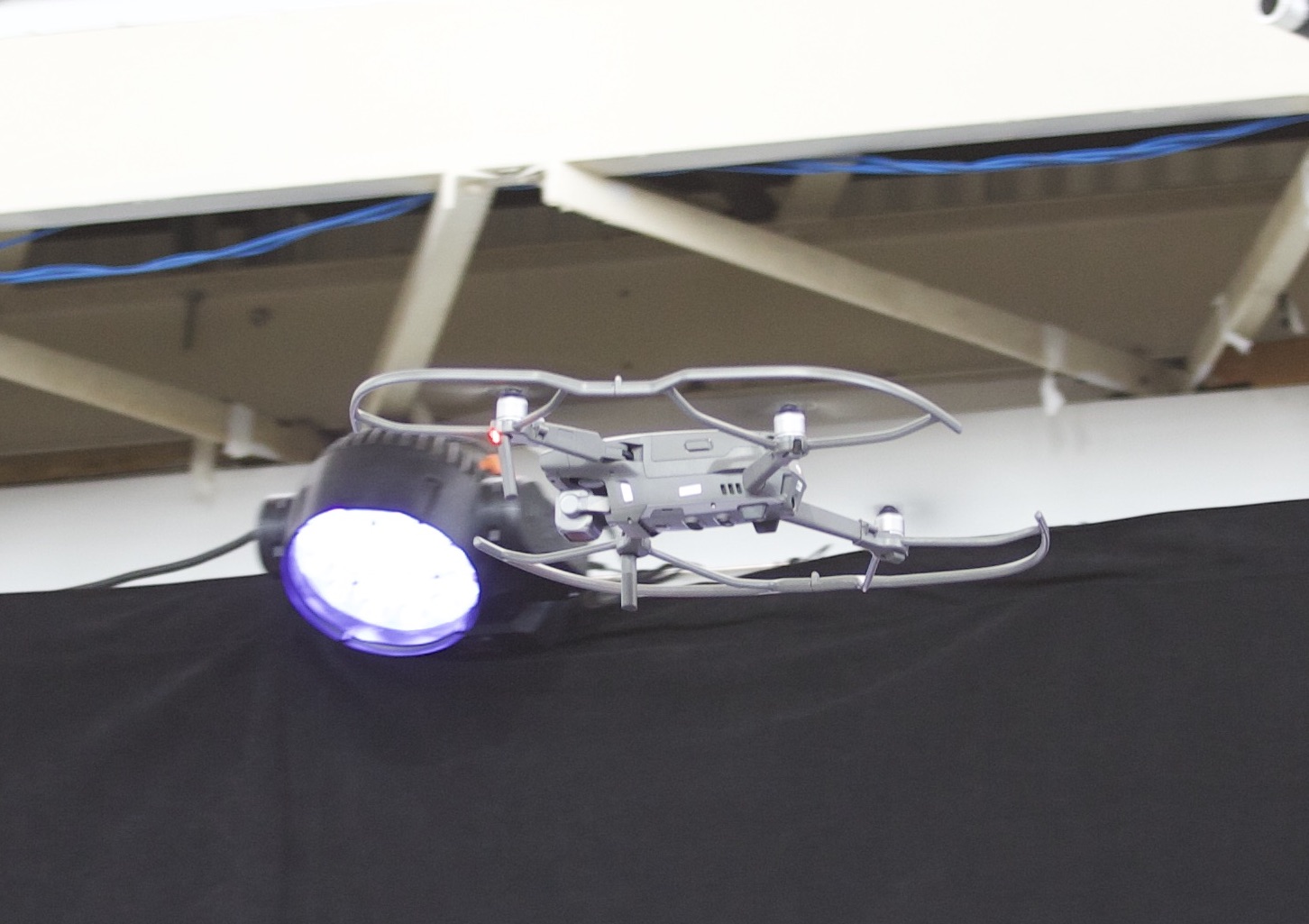
DJIdone a solid job of creating these sort of single touch features that make you look like a much more competent photographer than you actually are.
The cameras aren&t swappable — thatwhy DJI opted to go with two distinct SKUs on this one. Ita bit of a bummer for photogs, but a modular camera system is certainly the kind of thing that could make sense for future upgrades.

The dronebody has been tweaked to make it more aerodynamic. DJI says the new design reduces body drag by up to 19 percent, which helps the drone achieve speeds of up to 44 miles per hour. Making the drone larger is a bit of a surprising choice, given how key portability is to the line, though obviously DJI has even more portable choices on the market now for those who prioritize size over everything else.
The propellers have a raked design on the wing tips, designed to help cut down on air drag and reduce sound. The drone is a bit quieter than the first Mavic, though you&re still not going to be able to sneak up on anyone with the thing.
The battery has been increased ever so slightly, as well, in part to compensate for the newer, larger size. Now the drone is capable of flying up to 31 minutes on a charge. Thatnot a huge boost from its predecessor28 minutes, but when it comes to keeping a drone in the air, well, you take what you can get.
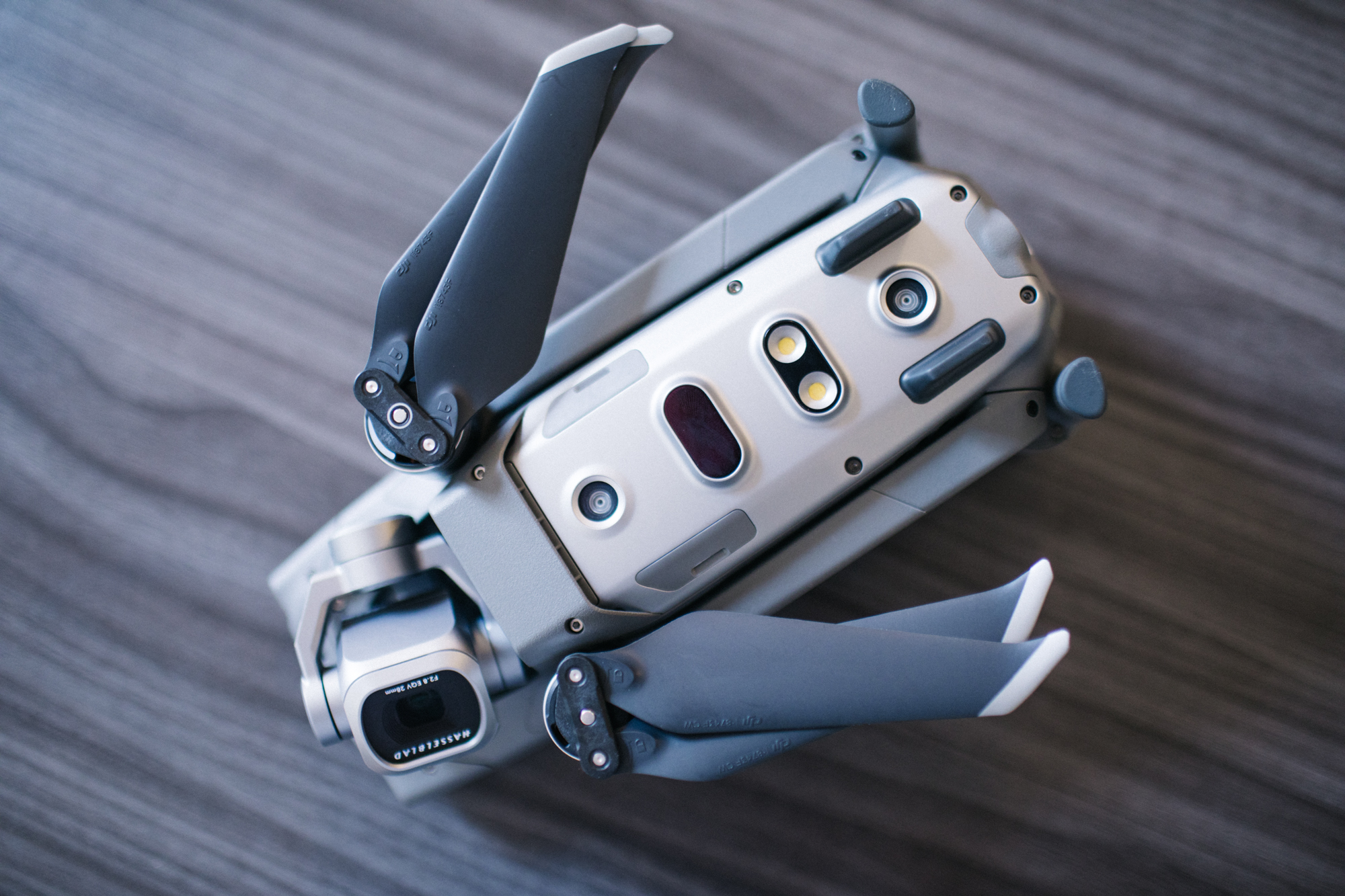
Obstacle avoidance has been beefed up here — definitely a good thing, given our past track record with Mavics. So too has the Advanced Pilot Assistance System (APAS), helping the drone fly around obstacles rather than simply stopping to avoid collisions. There also are lights on the bottom of the drone to help improve landings in low light.
ActiveTrack, meanwhile, now utilizes three on-board front facing cameras to create a 3D map of its subject, in order to better follow along.
We had the opportunity to fly the drone around a bit on a Manhattan. I wouldn&t recommend flying on a city rooftop for first times, but the drone handled fairly well and was pretty responsive to the included controller. I&ve flown a few other models in the Mavic line and found the handling to be more or less on-par, while a loud alarm sounded every time it came within several feet of an obstacle. Better safe than sorry.
We&ll be able to say a bit more when we&re able to spend a bit more hands-on time with the product, which should be in the very near future.
The 2 Pro and 2 Zoom run $1,499 and $1,249, respectively. Therealso the standard DJI Fly More kit, which includes a bunch of extras, like two batteries, a multi-battery charging hub, extra propellers and a bag to carry all of that around. That$319 and can be purchased at any point.
The drones are available starting today through DJI.
Oh, and for those who love to anthropomorphize their devices, herean image of the Zoom and Pro, gasping and screaming, apparently witness something horrific happening, just out of frame:
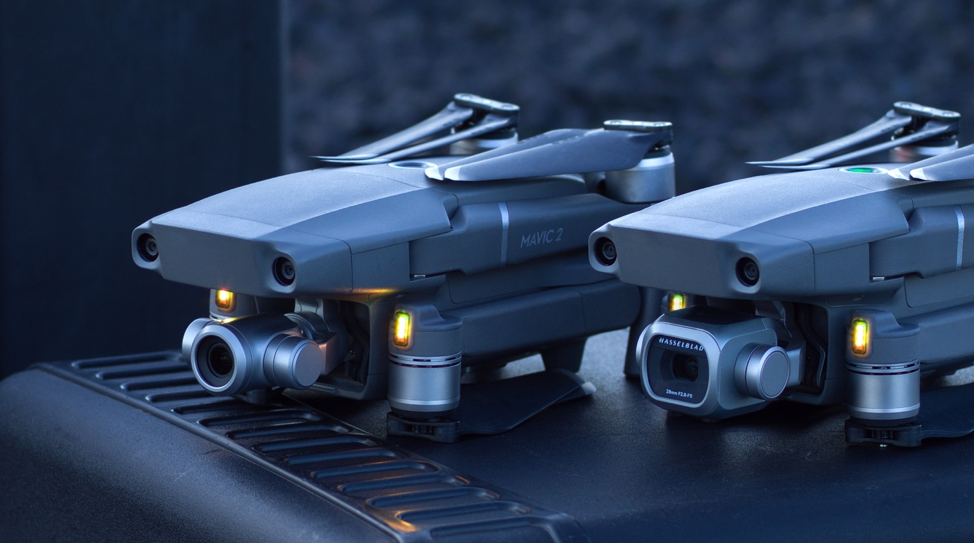
- Details
- Category: Technology
Read more: DJI’s Mavic 2 brings key camera upgrades to the folding drone
Write comment (94 Comments)Pets are expensive. I&ll be the first to admit that. The adoption fees, the shots, the food, the medical care. But at the end of the day, itworth it for the judgement-free, uninhibited love of a furry companion.
If you&re looking to save a buck a two, a robotic dog is probably not the way to go. Not this robotic dog, at least. For all of its many charms, the rebooted Sony Aibo ain&t cheap. At an event today in New York City, the electronics giant offered a bit more insight into the long-awaited robotic pet, including its $2,899 price tag.
For all of the new Aibocharms (and there are many), any suggestion that the product might be anything but a niche device can now be laid to rest. While Sony North America President and COO Mike Fasulo tells me that the company has its sights on playing a key role in the home robotics moving forward, Aibo is not the mainstream device we&ve been promised for decades.

Rather, the robotic dog is a kind of sign post of what we&re capable in this current moment. Itan opportunity for Sony to showcase the state of the industry of consumer robotics in 2018 — what happens when current artificial intelligence is used to build the foundation of a consumer product. The result, it turns out, is fairly adorable. I was at the companyCES press conference, when the new Aibo was unveiled for the first time, and there was a collective gasp. It takes a lot to melt the hearts of a roomful of jaded tech journalists, and Aibo succeeded at that in spades.
&It shows our capability of innovation,& Fasulo tells TechCrunch. &There4,000 parts in this product. Its eyes are made of OLEd, which makes it adorable, but also makes it a great device for photo capturing. The core technology inside is built around our image sensors. Itgot 22 axes of movement and more flexibility than I&ve seen in a robot. Itshowing Sonyinnovation and commit to the future and probably a bit of branding along the way.

Conventional wisdom has it that the first generation of the product was ahead of its time. Consumer AI, cloud technology and any number of other aspects that have since come to fruition simple weren&t in place at the time. But have the advancements the industry has made in the intervening 19 years been enough to create a truly compelling robotic pet
Sony is certainly hedging its bets with the new Aibo. At $2,899, the product is too expensive to appeal to all but the most enthusiastic early adopters. That said, the product sold surprisingly well in Japan, at around 20,000 units — more than Sony bargained for, apparently. The goal for the U.S. market is &in the thousands,& according to Fasulo.

But while Aibo isn&t destined to be a mainstream product and future generations likely won&t see a major price cut, the companycommitted to the line for a few years at least, this time around. The robot will be available in the U.S. as the &First Litter Edition,& which ships with a three-year AI Cloud Plan, meaning the dog should be kicking for that long at least.
Those looking for an insanely expensive holiday gift can purchase Aibo starting in September. It will also be on display at the Sony Square store in New York, through late October.
- Details
- Category: Technology
Read more: Sony’s adorable new Aibo comes to the US in Sept, priced at $2,899
Write comment (94 Comments)French startup Blade, the company behind Shadow, is updating its physical box that lets you connect to your cloud computer instance. Shadow Ghost is a tiny device that provides all the ports and wireless technologies that you need to plug to a TV or a monitor and start playing.
Shadow has been building a cloud computing service for gamers. For $35 per month, you get a gaming PC in a data center near you. Shadow gives you 8 threads on an Intel Xeon 2620 processor, an Nvidia Quadro P5000 GPU that performs more or less as well as an Nvidia GeForce GTX 1080, 12GB of RAM and 256GB of storage. Ita full Windows 10 instance and you can do whatever you want with it.
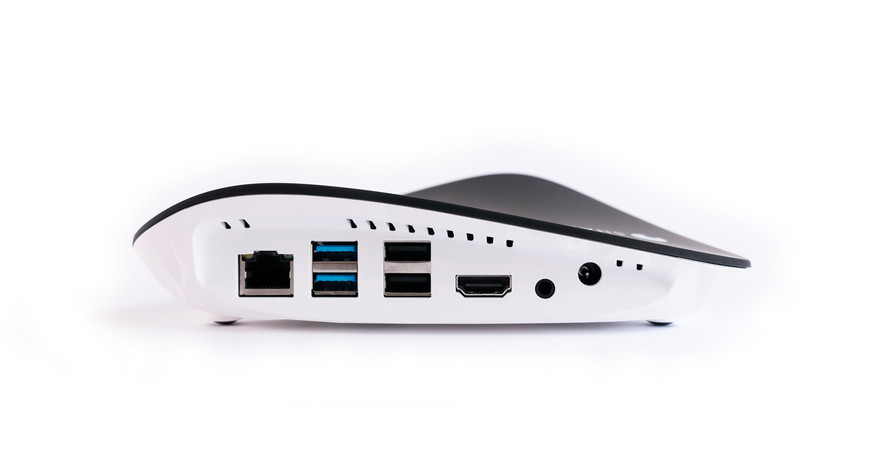
The company started with a dedicated box from day one. The first Shadow box was an oddly-shaped black box with a few USB ports and DisplayPorts. This way, you could replace your PC at home with this box and use the same peripherals.
When you turn it on, it feels like you&re booting up your gaming PC, but you&re actually just starting a computer with a low-powered CPU that connects to your gaming PC in the cloud.
Over the past few months, Shadow has slowly decorrelated the service from the physical device in your home. When you subscribe, you don&t get a box by default. You can install the Shadow app on your existing computer, phone or tablet and start playing.
If you still want the box to connect to your Shadow instance without an existing PC, you can rent it for $10 per month or purchase it for $140. It could be particularly useful for a TV for instance.
Compared to the previous generation, Shadow Ghost is completely silent as the fan is gone — that was my main complaint with the first Shadow box. You won&t need as many dongles either as therean HDMI port by default (instead of a DisplayPort) and it supports both Wi-Fi and Bluetooth. Italso much more energy efficient as it should consume three times less power than the existing Shadow device.
Shadow Ghost will be available for the same price at some point during the last quarter of 2018. The service itself is currently available in France, Germany, the U.K., Belgium, Switzerland and Luxembourg. In the U.S., the company has a data center near San Francisco and another one on the East Coast.
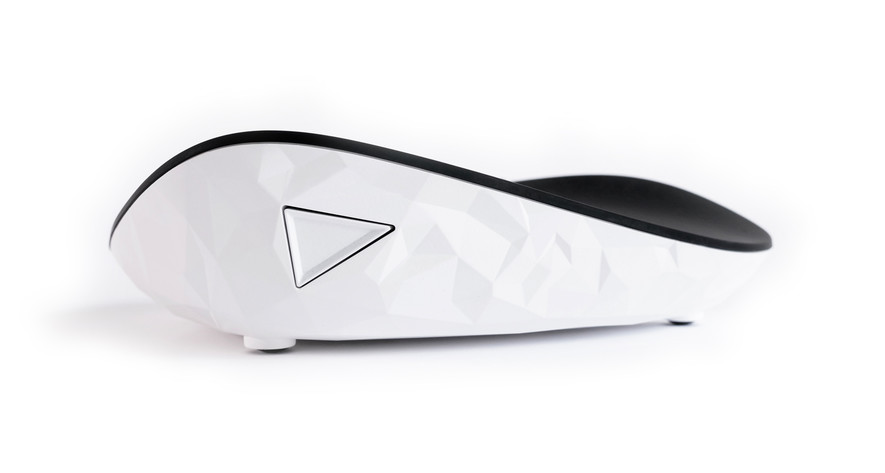
- Details
- Category: Technology
Read more: Shadow announces a new box for its cloud gaming service
Write comment (91 Comments)Armory, a startup that has built a CI/CD platform on top the open source Spinnaker project, announced a $10 million Series A today led by Crosslink Capital. Other investors included Bain Capital Ventures, Javelin Venture Partners, YCombinator and Robin Vasan.
Software development certainly has changed over the last several years, going from long cycles between updates to a continuous delivery model. The concept is actually called CI/CD or continuous integration/continuous delivery. Armoryproduct is designed to eliminate some of the complexity associated with deploying this kind of solution.
When they started the company, the founders made a decision to hitch their wagon to Spinnaker, a project that had the backing of industry heavyweights like Google and Netflix. &Spinnaker would become an emerging standard for enabling truly multi-cloud deployments at scale. Instead of re-creating the wheel and building another in-house continuous delivery platform, we made a big bet on having Spinnaker at the core of ArmoryPlatform,& company CEO and co-founder Daniel R. Odio wrote in a blog post announcing the funding.
The bet apparently paid off and the companyversion of Spinnaker is widely deployed enterprise solution (at least according to them). The startupultimate goal is to help Fortune 2000 companies deploy software much faster — and accessing and understanding CI/CD is a big part of that.
As every company out there becomes a software company, they find themselves outside their comfort zones. While Google and Netflix and other hyper-scale organizations have learned to deploy software at startling speed using state of the art methodologies, itnot so easy for most companies with much smaller engineering teams to pull off.
Thatwhere a company like Armory could come into play. It takes this open source project and it packages it in such a way that it simplifies (to an extent) the complex world that these larger companies operate in on a regular basis, putting Spinnaker and CI/CD concepts in reach of organizations whose core competency might not involve sophisticated software deployment.
All of this relates to multi-cloud and cloud-native approaches to software development, which lets you manage your applications and infrastructure wherever they live across any cloud vendor or even on-prem in consistent way. Being able to manage continuous deployment is part of that.
Armory launched in 2016 and is based in the Bay area. It has raised a total of $14 million with a $4 million seed round coming last year.They were also a member of the Y Combinator Winter 2017 classand count Y Combinator as an investor in this round.
- Details
- Category: Technology
Read more: Armory lands $10M Series A to bring continuous delivery to enterprise masses
Write comment (92 Comments)Grab, the ride-hailing company that consumed Uber business in Southeast Asia, today made a big push to grow the number of electric vehicles in its fleet afterit partnered with energy supplier Singapore Power.
The deal will see Grab add 200 new ‘fast-charging& EVs to its fleet in Singapore with SP providing &preferential& pricing at the organizationcharging stations. Grab said drivers who opt for an EV — which will be &progressively rolled out& from early 2019 — can expect to increase their earnings by as much as 25 percent over drivers using petrol engines thanks to SP‘mates& rate.&
The partnership with SP is important to Grab because infrastructure such as charging stations and cost savings are crucial to persuadingthe most active car drivers to make a move to electric. Ride-sharing drivers certainly rank in the group that can make a difference.
SP has committed to operating 500 charging stations by 2020, which would become Singaporelargestof its kind. An initial 30 are expected to be up and running before the end of this year and, when ready, Grab said they will charge its upcoming EV model in just 40 mins. Each charge would allow400km of driving, the company added.
Grab said it has a number EVs within in its Singapore fleet today — it declined to disclose numbers but claimed it is &the largest electric and hybrid vehicle fleet in Southeast Asia& — but these charging stations and the potential to earn additional income are sure to help boost that number, whatever it may be.
This initiative applies to Singapore, but a Grab spokesperson told TechCrunch that the company intends to expand its EV fleet regionally in due time. The company didn&t provide any specifics on that plan, however.
Grab operates in seven countries in Southeast Asia, but Singapore is the most advanced in terms of EV infrastructure. The company recently raised $2 billion from Toyota and others.It acquired Uberregional business in Marchand today it claims over 100 million downloads with more than two billion rides completed to date.Grab recently claimedits annual revenue run rate has surpassed $1 billion, but it has notprovided profit or loss numbers.
Outside of electric,Grab has previously forayed into self-driving vehicles through a partnership with Nutonomy. That relationship appears to have ended after Nutonomy was acquired by auto firm Delphi last year. A month before that deal, Grab made an investment in another self-driving car startup, Drive.ai, which said it planned to open an office in Singapore.
- Details
- Category: Technology
Read more: Southeast Asia’s Grab plans electric vehicle push
Write comment (90 Comments)Page 4368 of 5614

 10
10





